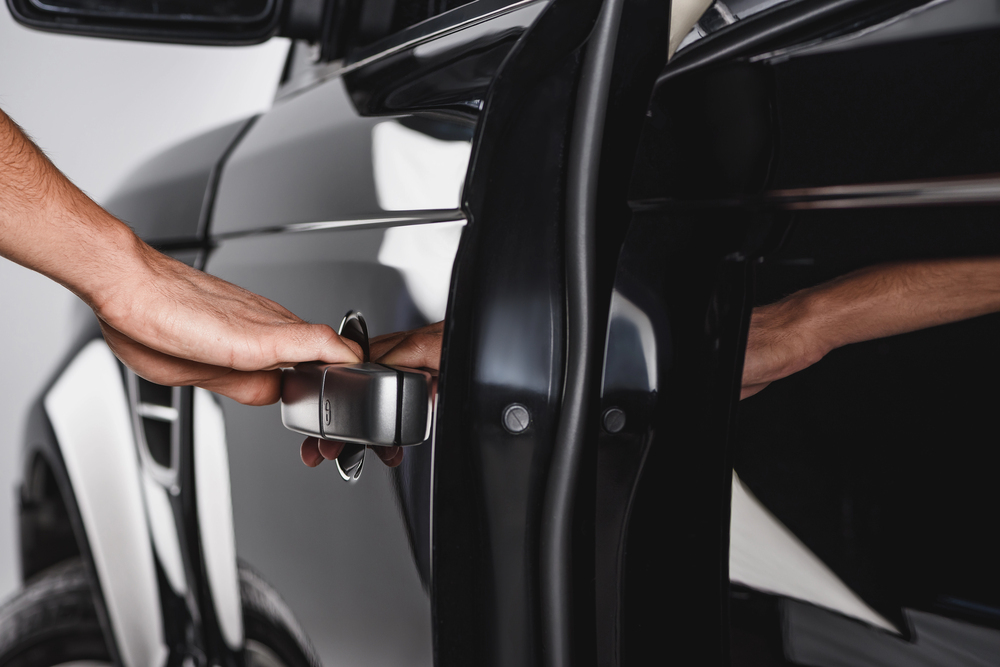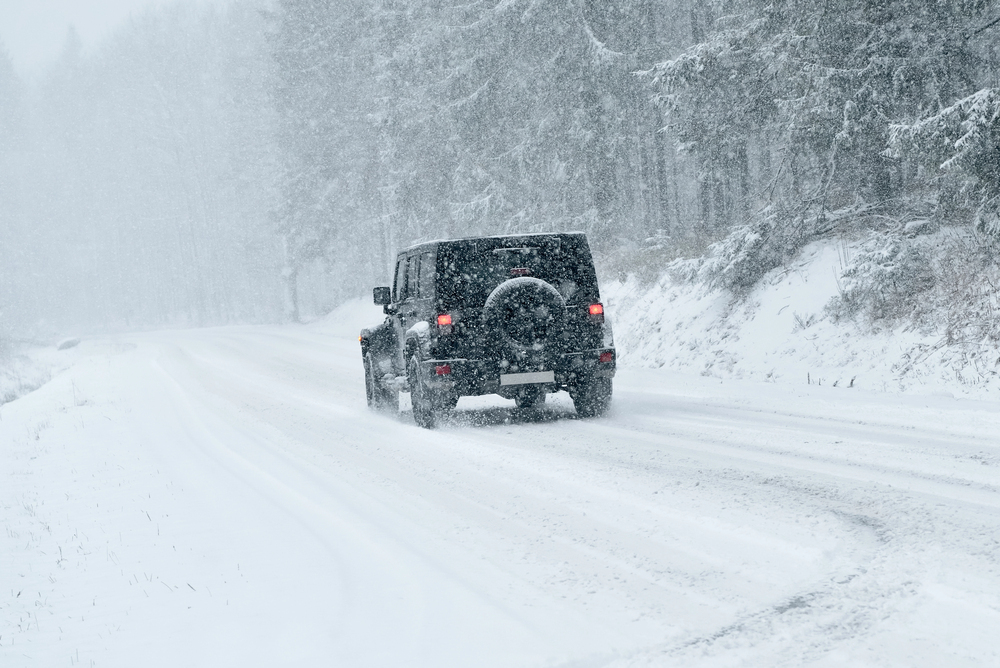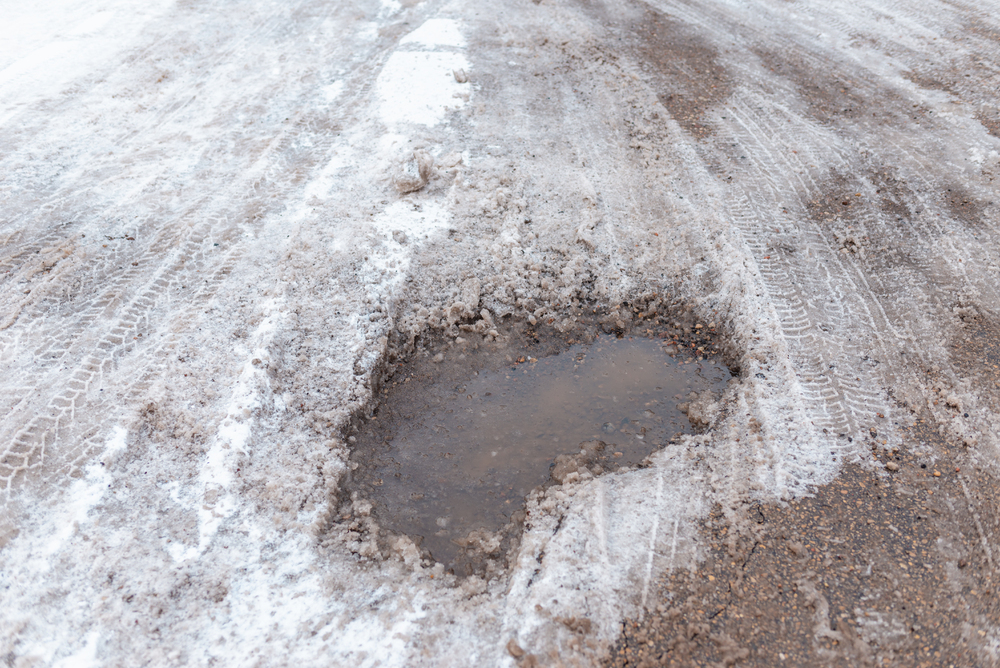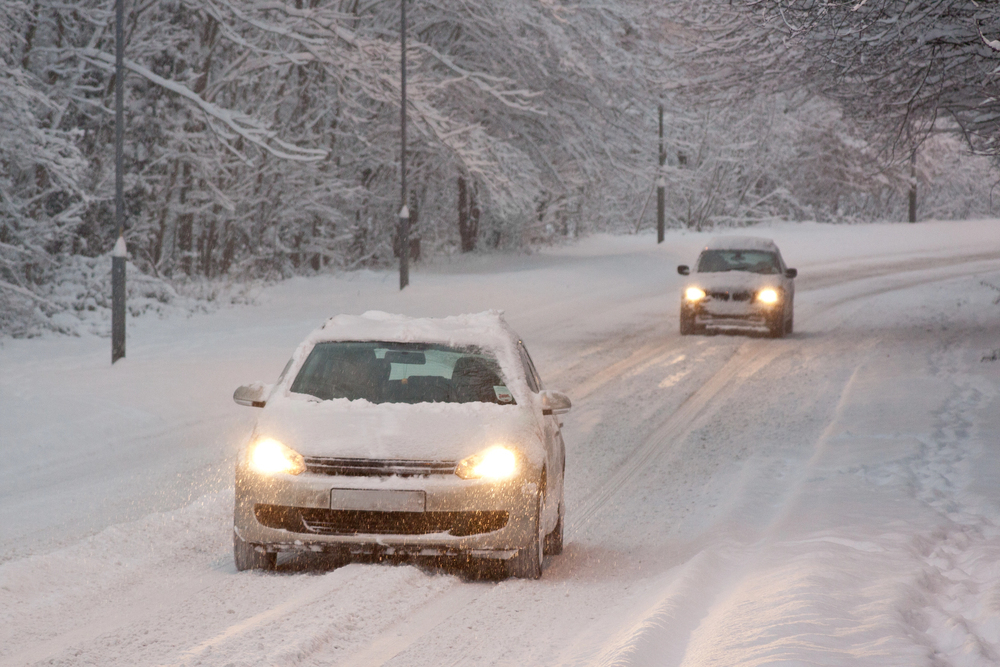When you look to purchase a used vehicle, you’re most likely focused on the make, model, and mileage. As you peruse the cars, you may notice that some have a lower or higher price, despite being relatively the same model year or mileage. Have you considered that the color of the car is impacting its resale value? In South Jersey’s used car market, where drivers often look for durability, aesthetics, and value, understanding how your vehicle’s color affects its worth could make a big difference when it’s time to sell or trade in.
Key Takeaways
- Neutral car colors like white, black, gray, and silver typically retain higher resale value in South Jersey due to their widespread popularity, versatility, and low maintenance appeal.
- Unique or bold colors, while visually striking, often limit a car’s buyer pool and may reduce its resale value unless they align with the car’s intended image, such as specialty colors for sports cars.
- The condition of your car’s paint significantly affects resale value, as damage like fading or scratches can lead to rust and corrosion, especially in South Jersey’s challenging climate.
- Regular maintenance, including washing, waxing, and addressing chips, preserves the paint’s condition and enhances a vehicle’s marketability.
- Professional repainting can increase a car’s resale value, but choosing neutral or market-preferred colors is essential to ensuring a return on the investment.
The Role of Popularity in Color Choices and Value
Car colors that are trending or widely appealing tend to fetch higher resale values. Neutral tones like white, black, gray, and silver dominate the market because they’re perceived as timeless, versatile, and easy to maintain. White, for example, is especially popular in South Jersey due to its ability to reflect heat during the hot summer months. Cars in these colors not only appeal to a broad audience but also appear cleaner for longer, which adds to their desirability.
Furthermore, insurance companies may give discounts for high visibility colors like white. It’s one of the reasons more people choose white—and why it’s cheaper.
On the flip side, bold and unique colors, such as bright orange, lime green, or purple, may limit your pool of potential buyers. These shades often appeal to niche audiences, and while they may be eye-catching, they can reduce demand and, ultimately, the car’s value when sold.
The Impact of Specialty Colors
While mainstream colors are generally safer choices, some specialty colors can increase resale value under the right circumstances. Limited-edition paint options or those tied to specific models, such as a striking red on a sports car, can enhance a vehicle’s appeal. For instance, certain luxury or performance cars are more desirable in bold colors that reflect their sporty or prestigious image. In this case, South Jersey car enthusiasts may seek out these unique, limited options and pay a premium sale price in order to obtain it.
However, keep in mind that these benefits only apply when the color aligns with the vehicle’s intended image. A bright yellow on an SUV may not have the same effect as it would on a convertible or coupe.
How Paint Condition Affects Value
The condition of your car’s paint isn’t just about aesthetics—it directly impacts its resale value and longevity. In South Jersey, vehicles face unique environmental challenges, such as blistering summer heat, icy winters, and salty air near coastal areas. Over time, these elements can cause fading, peeling, and paint damage, leaving your car vulnerable to rust and corrosion. Damage to the paint may also expose the underlying metal, accelerating structural wear and reducing the vehicle’s durability.
Maintaining your car’s exterior requires consistent care. Washing your vehicle regularly removes dirt, salt, and other corrosive substances that can damage the finish, especially during the winter months when road salt is prevalent. Applying a high-quality wax every few months not only restores shine but also adds a protective barrier against UV rays and harsh weather conditions.
Prompt touch-ups for minor chips and scratches are equally important. Left unaddressed, even small imperfections can spread or worsen, leading to costly repairs. Buyers in South Jersey’s used car market are more likely to pay a premium for vehicles with pristine paintwork, as it signals proper maintenance and care, even if the color isn’t their preferred choice.
The Cost of Repainting and Refinishing
If your car’s color is not market-friendly or its paint is in poor condition, you may consider repainting it before selling. While repainting can increase the vehicle’s value, it’s essential to calculate whether the cost will outweigh the benefits. For cars with significant damage, a fresh coat of paint can make them more appealing to buyers. However, sticking to neutral or popular colors is critical to ensuring a good return on investment.
At Elmer’s Auto Body, repairs and repaints vehicles damaged in collisions in South Jersey. We use advanced color-matching technology and OEM-quality finishes to deliver results that meet or exceed industry standards.
Contact a South Jersey Auto Body Repair Shop Today
Now you know that neutral colors are the safest bet for retaining a vehicle’s resale value. Whether you’re preparing your car for resale or just want to keep it looking new, Elmer’s Auto Body is here to help. With over 75 years of experience in South Jersey, we understand the importance of a flawless paint job and its impact on your car’s value. Our certified technicians use state-of-the-art tools and techniques to ensure your vehicle stands out for all the right reasons.
Contact us today to learn more about our paint and refinishing services or schedule an appointment at one of our convenient locations in South Jersey. A great-looking car isn’t just about aesthetics—it’s an investment in your car’s future.






